Dog training can often feel like a never-ending battle of wills, but it doesn’t have to be. With the right techniques, you can transform your pup’s behavior without resorting to raised voices or harsh commands. These clever training tricks are designed to reshape your dog’s habits while fostering a loving and respectful relationship. Dive into these 14 smart strategies and watch your canine companion flourish with newfound obedience and charm.
1. Use Positive Reinforcement

Positive reinforcement is a cornerstone of effective dog training. Instead of focusing on what your dog is doing wrong, reward them when they get it right. This approach not only encourages good behavior but also strengthens the bond between you and your pet. A study from the Journal of Veterinary Behavior found that dogs trained with positive reinforcement were less stressed and more engaged during training sessions.
When employing this method, consistency is key. Make sure to offer rewards, like treats or praise, immediately after the desired behavior occurs. This helps your dog make the connection between action and reward. Over time, your pup will naturally gravitate towards behaviors that earn them positive attention.
2. Pay Attention to the Timing
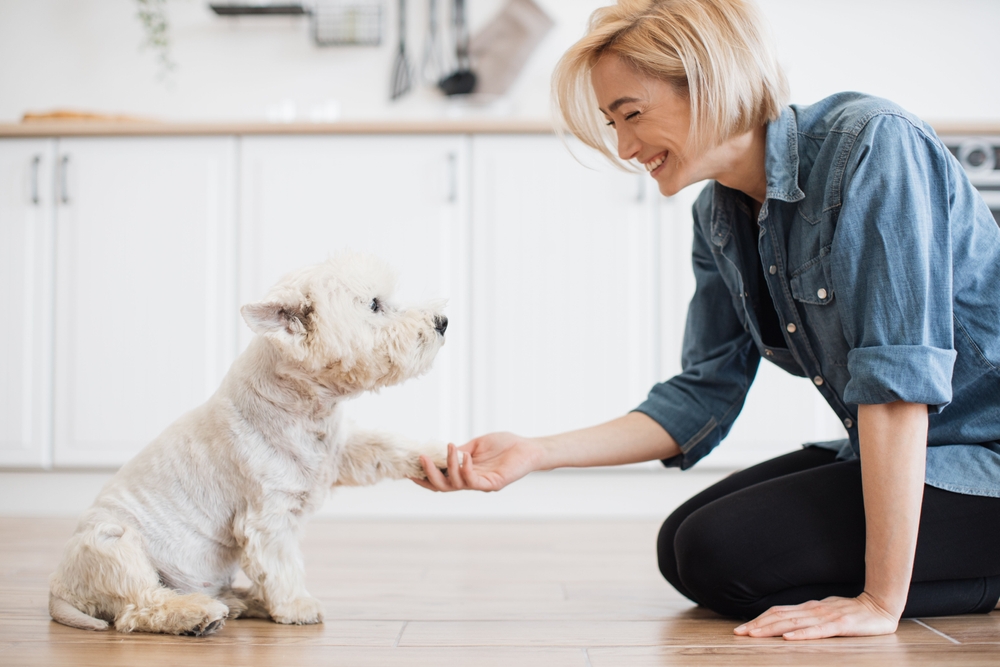
In dog training, timing can make or break your efforts. Deliver rewards or corrections within seconds of the behavior to ensure your dog understands the cause-and-effect relationship. If you wait too long, your dog might not associate the reward or correction with the behavior you’re targeting. This precision helps streamline the learning process and reduce frustration for both you and your pet.
An effective way to hone your timing is by using a clicker. Clicker training involves using a small device that makes a distinct clicking sound when pressed. The sound acts as a marker, signaling to your dog that they’ve done something right and a reward is coming. This technique can improve communication and speed up training progress.
3. Enforce Routine and Consistency

Consistency is crucial for effective dog training. When rules or commands change frequently, your dog may become confused and struggle to learn. Consistent commands, rewards, and routines create a stable learning environment, making it easier for your pup to understand what’s expected of them. According to the American Kennel Club, dogs thrive on routine and are more likely to succeed when trained with consistent methods.
Make sure everyone in your household is on the same page with training techniques and commands. This unified approach prevents mixed signals, ensuring your dog receives clear and consistent guidance. Consistency also extends to timing and rewards. The more predictable and steady your training practices, the better your dog will respond.
4. Set Realistic Expectations

Training your dog takes time and patience, so it’s important to set realistic expectations. Each dog is unique, with their own pace of learning and behavioral quirks. Expecting quick results can lead to frustration, so focus on gradual progress rather than perfection. Celebrate small victories along the way and recognize that setbacks are a normal part of the process.
To set your dog up for success, break down complex behaviors into manageable steps. Teach each component separately before combining them into a complete action. This step-by-step approach helps your dog build confidence and ensures they understand each part of the task. Remember, patience is essential, and every effort brings you closer to your goal.
5. Pay Attention to Body Language

Your body language speaks volumes to your dog, often more than words ever could. Dogs are highly attuned to human gestures, postures, and facial expressions, which means your physical cues can significantly influence their behavior. A study in the Journal of Applied Animal Welfare Science found that dogs respond better to visual signals than verbal commands alone.
To effectively use body language in training, be mindful of your gestures and expressions. Use clear and deliberate movements to communicate commands, like pointing to indicate where you want your dog to go. Maintain a calm and confident demeanor, as your dog can pick up on nervous or uncertain vibes. Consistent body language helps reinforce verbal commands, making it easier for your pup to understand and follow instructions.
6. Make the Sessions Playful

Incorporating play into training can make learning more enjoyable for your dog. Playful activities not only provide mental and physical stimulation but also strengthen the bond between you and your pet. By integrating fun into training sessions, you can teach your dog new skills while keeping their attention and enthusiasm high.
Introduce games that incorporate training commands, like fetch with a focus on “drop it” or hide-and-seek to practice “come.” These playful interactions boost your dog’s motivation and help reinforce desired behaviors in a natural context. The key is to balance work and play, ensuring your pup associates training with positive experiences. A happy, engaged dog is more likely to absorb new information and exhibit good behavior.
7. Expose Them to Socialization

Socialization is a critical aspect of training that can greatly impact your dog’s behavior. Introducing your pup to different environments, people, and animals helps them become well-adjusted and confident. According to the American Veterinary Society of Animal Behavior, early and ongoing socialization can prevent behavioral issues like fearfulness and aggression.
Start socializing your dog by gradually exposing them to new experiences in a controlled manner. Organize playdates with other dogs, take walks in varied settings, and invite friends over to meet your pet. Ensure these interactions are positive, rewarding your dog for calm and friendly behavior. Proper socialization fosters a well-rounded dog who can navigate the world with ease.
8. Establish Non-Negotiable Boundaries

Routine plays a pivotal role in establishing boundaries and teaching your dog what’s acceptable. Consistent daily schedules for feeding, walks, and playtime help your dog understand what to expect and when. This predictability provides a sense of security and structure, reducing anxiety and promoting good behavior.
To set effective boundaries, integrate training into your dog’s routine. For instance, practice sitting before meals or waiting at the door before walks. These small actions reinforce discipline and teach your dog to respect rules. Over time, a structured routine cultivates a calm and well-mannered pet who knows their place in your daily life.
9. Stimulate Your Dog’s Mind
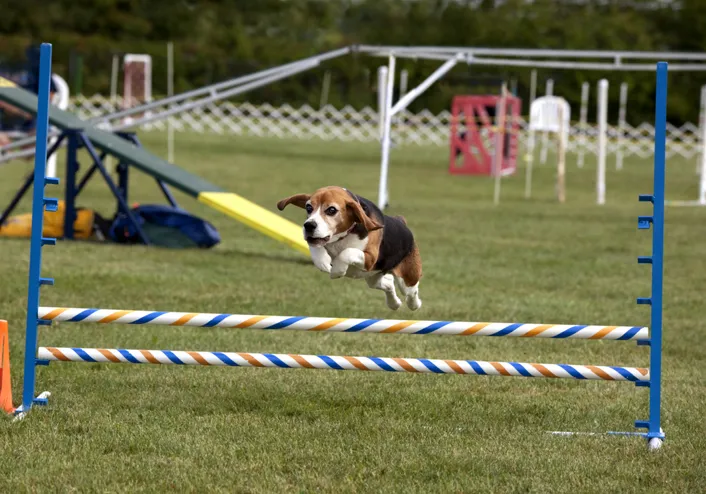
Mental stimulation is just as important as physical exercise for a well-behaved dog. Engaging your pup’s mind helps burn off energy, reducing boredom-related behaviors like chewing or excessive barking. Interactive toys, puzzle feeders, and training games are excellent ways to challenge your dog’s intellect and keep them occupied.
Rotate toys regularly to maintain interest and encourage problem-solving skills. Use training sessions as an opportunity to teach new tricks or refine existing commands. Mental challenges not only tire your dog out but also boost their confidence and focus. A mentally stimulated dog is a content and well-adjusted companion.
10. Harness the Power of Scent
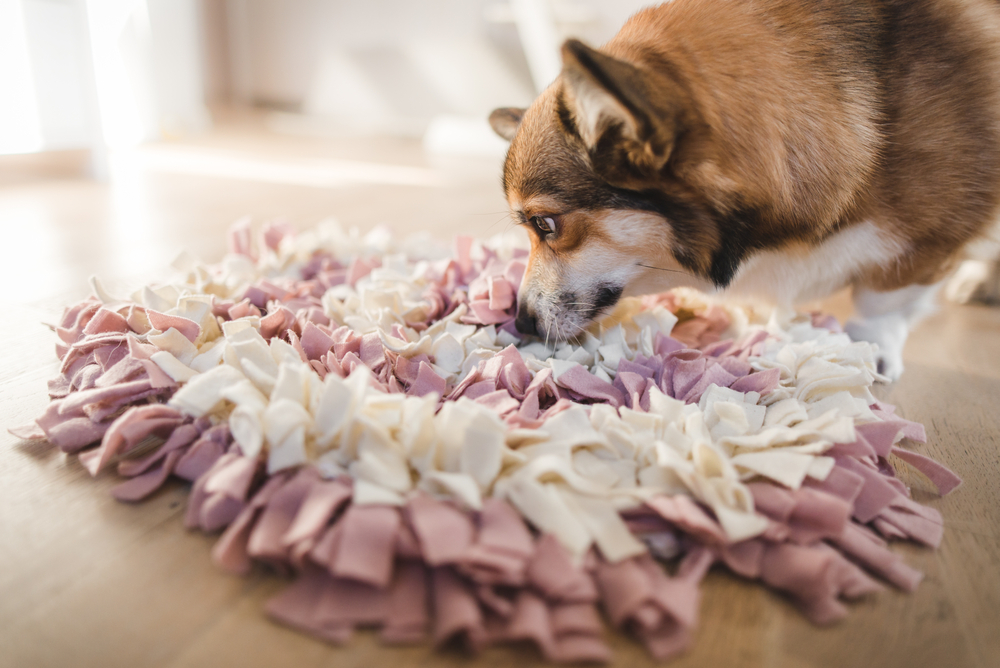
A dog’s sense of smell is one of their most powerful tools, and you can use it to your advantage in training. Scent work taps into your dog’s natural instincts, providing mental stimulation and a fun way to learn. Incorporate scent-based games and activities to engage your pup and reinforce positive behaviors.
Try hiding treats in different locations and encourage your dog to find them using their nose. This not only hones their scent-tracking skills but also provides a rewarding challenge. You can also introduce scent discrimination exercises, teaching your dog to differentiate between various smells. Utilizing scent in training enriches your dog’s experience and adds variety to their daily routine.
11. Remain Patient and Empathetic
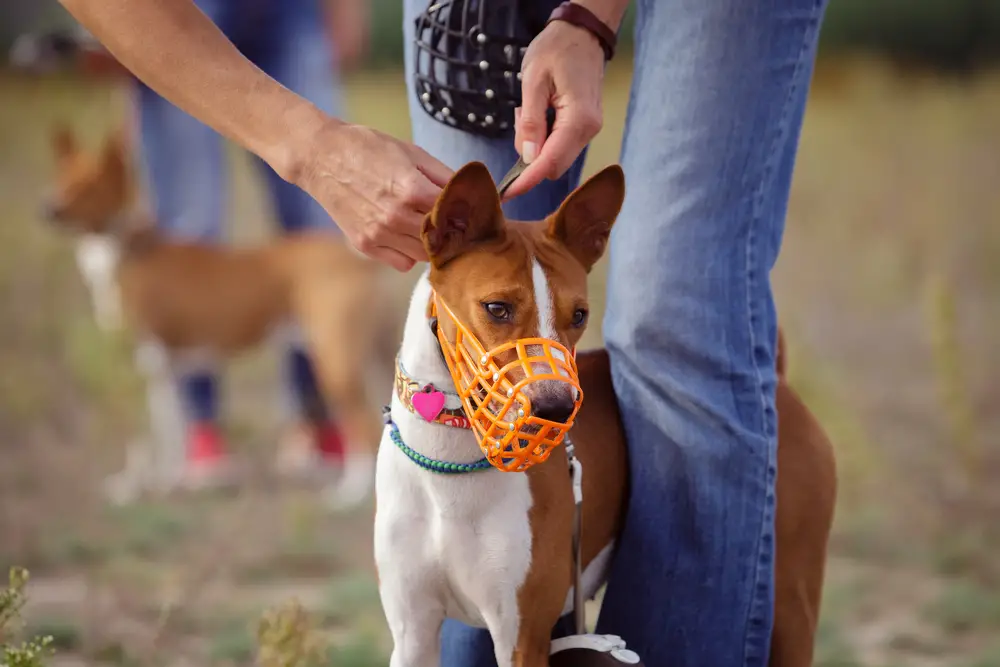
Patience and empathy are crucial components of successful dog training. Understanding that your dog is doing their best to learn fosters a more compassionate approach. When setbacks occur, take a deep breath and remind yourself that progress takes time. Your calm and supportive attitude encourages your dog to persevere and trust the training process.
Empathizing with your dog means recognizing their limitations and adjusting your methods accordingly. If your pup seems overwhelmed, simplify the task or give them a break. Celebrate achievements, no matter how small, and use them as motivation to keep moving forward. Your patience and understanding create a positive training environment that nurtures growth and cooperation.
12. Make Repetition the Foundation
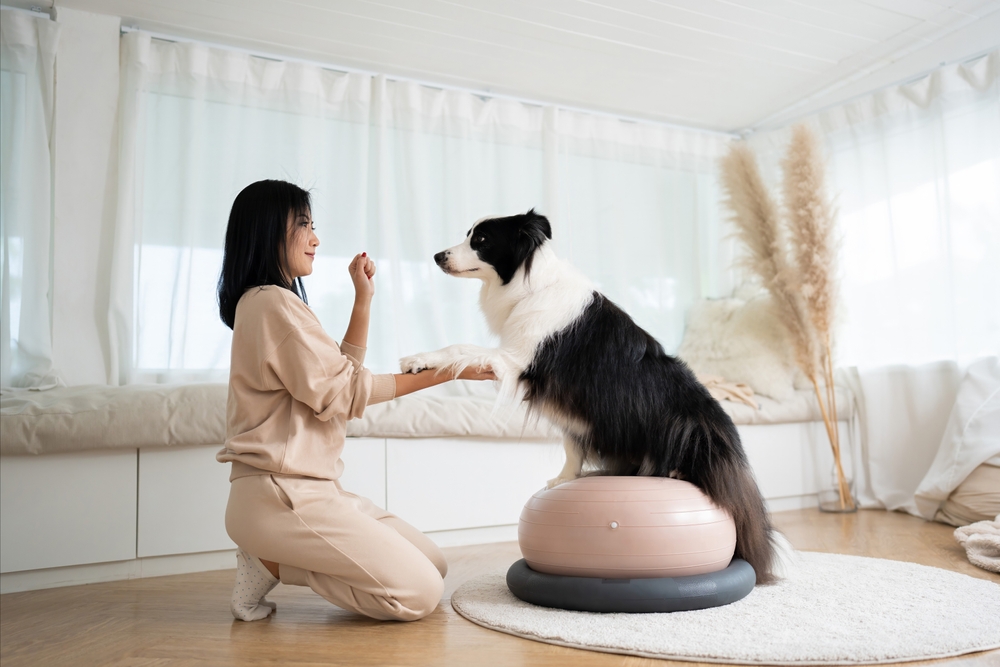
Repetition is the backbone of learning for both dogs and humans. By repeatedly practicing commands and behaviors, you reinforce your dog’s understanding and increase their chances of success. The more often you practice, the more ingrained the behavior becomes, leading to automatic responses over time.
Vary the context of training to prevent your dog from becoming too reliant on specific cues. Practice commands in different locations, with different distractions, and at different times of day. This versatility helps your dog generalize the behavior, ensuring they can perform reliably in any situation. Consistent repetition lays the foundation for a well-trained and adaptable pet.
13. Call In a Professional If Needed
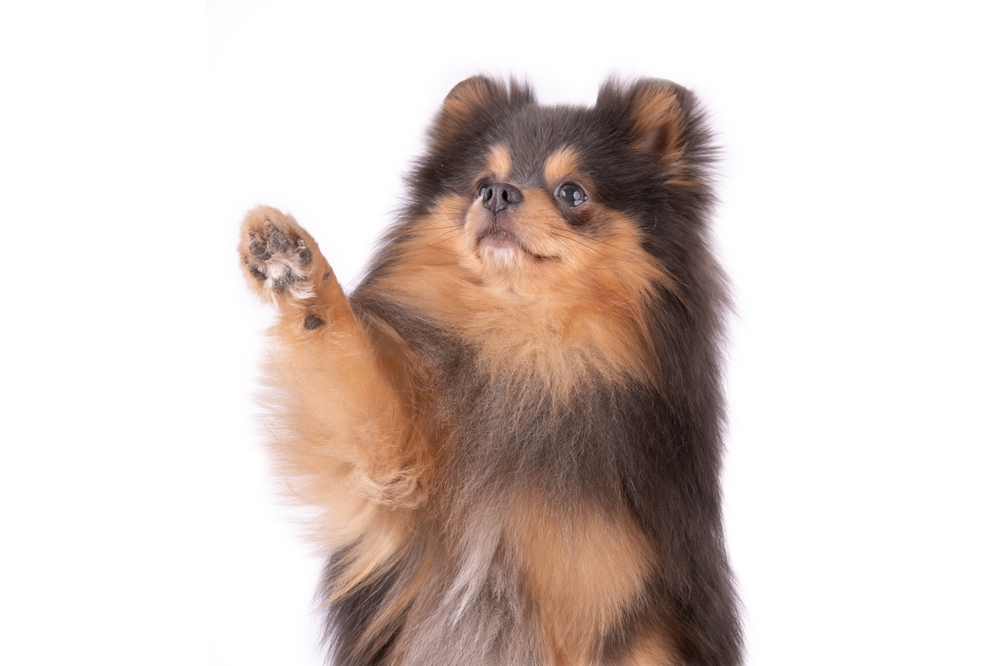
Sometimes, despite your best efforts, you may encounter challenges that require professional guidance. Recognizing when to seek help is an important step in addressing behavioral issues effectively. A qualified dog trainer or behaviorist can provide personalized advice and strategies tailored to your dog’s needs.
Don’t hesitate to reach out if you feel stuck or overwhelmed. Professional trainers have the expertise to identify underlying causes of behavior problems and can offer solutions you might not have considered. Collaborating with an expert can accelerate progress and restore harmony in your household. Remember, seeking help is a sign of dedication to your dog’s well-being, not a failure on your part.
14. Celebrate Your Pet’s Progress
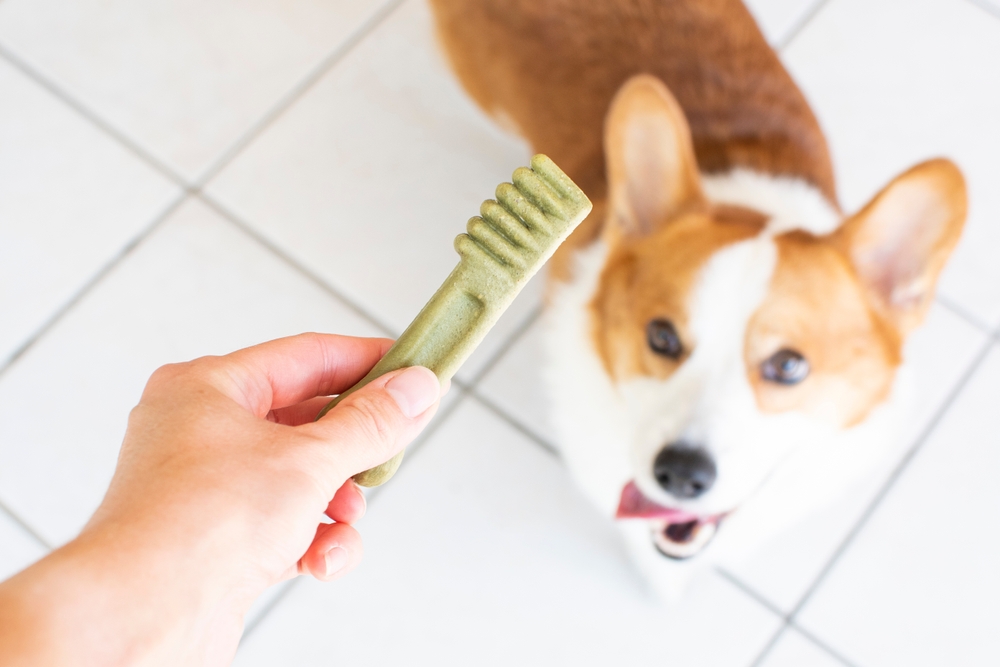
Acknowledging and celebrating progress is vital to maintaining motivation in the training journey. Every small victory is a step towards your ultimate goal, and recognizing these achievements keeps both you and your dog encouraged. Celebrate with extra playtime, a special treat, or simply showering your pup with affection.
Tracking your dog’s progress can also provide valuable insights into what techniques work best. Keep a journal or take videos to document milestones and reflect on how far you’ve come. This practice not only boosts morale but also helps you fine-tune your training approach. Celebrating progress fosters a positive and rewarding experience for both you and your furry friend.
